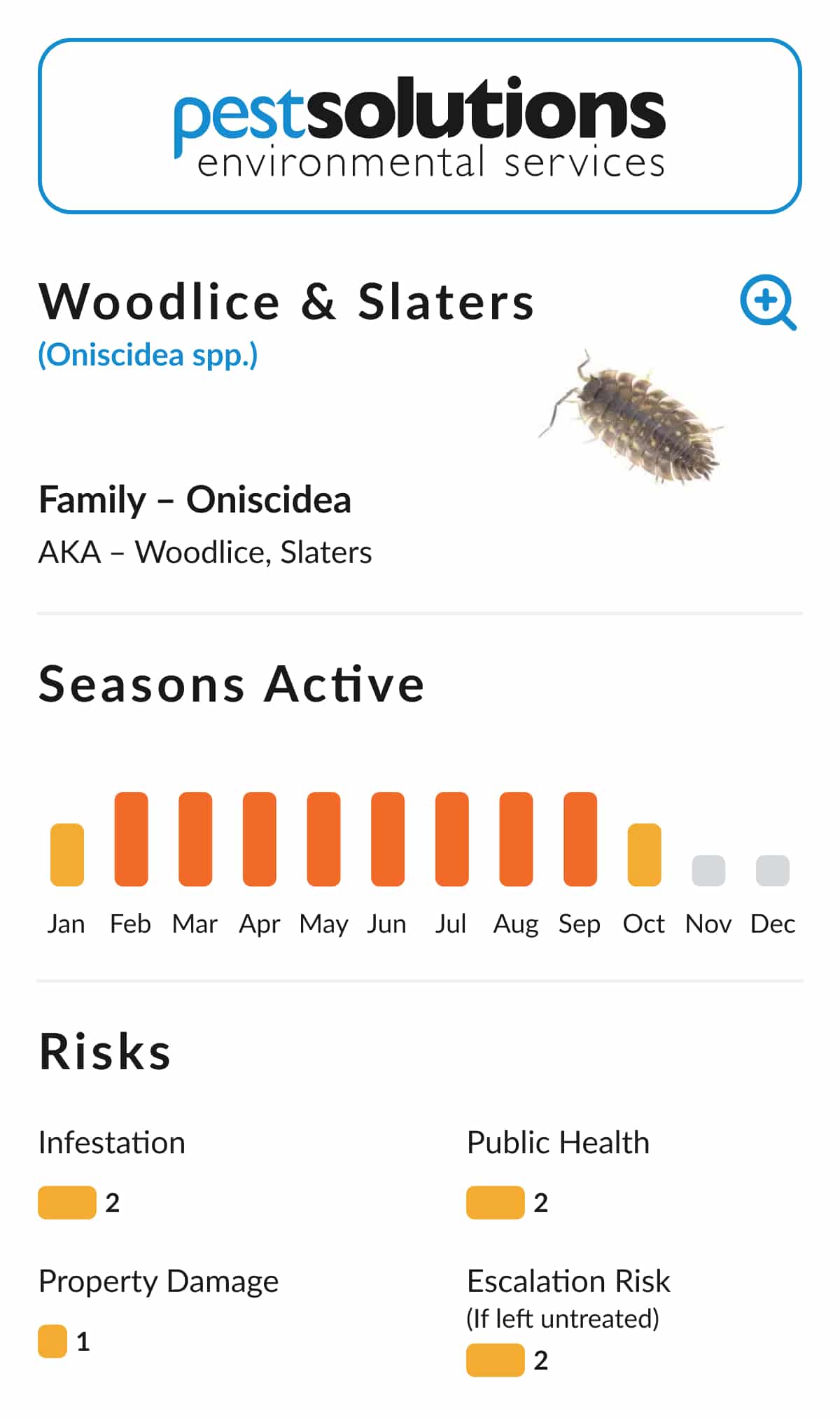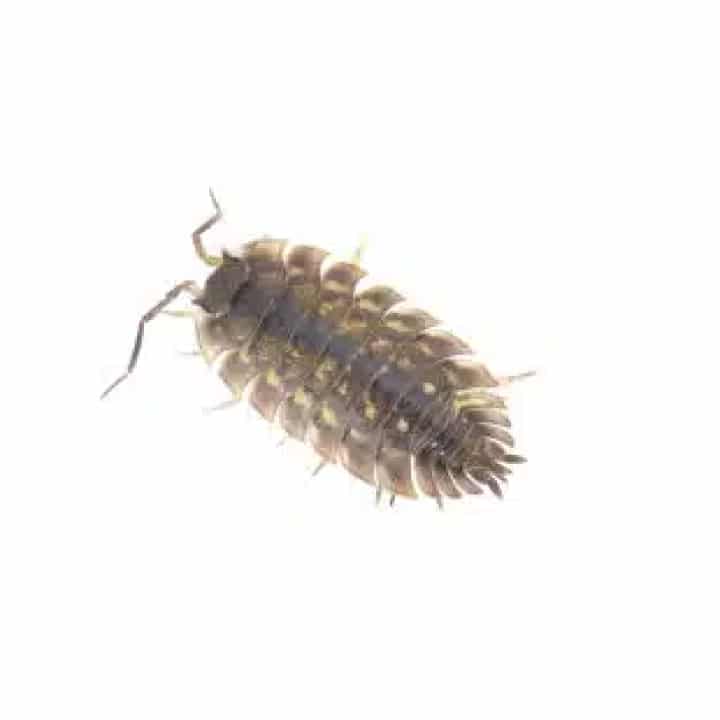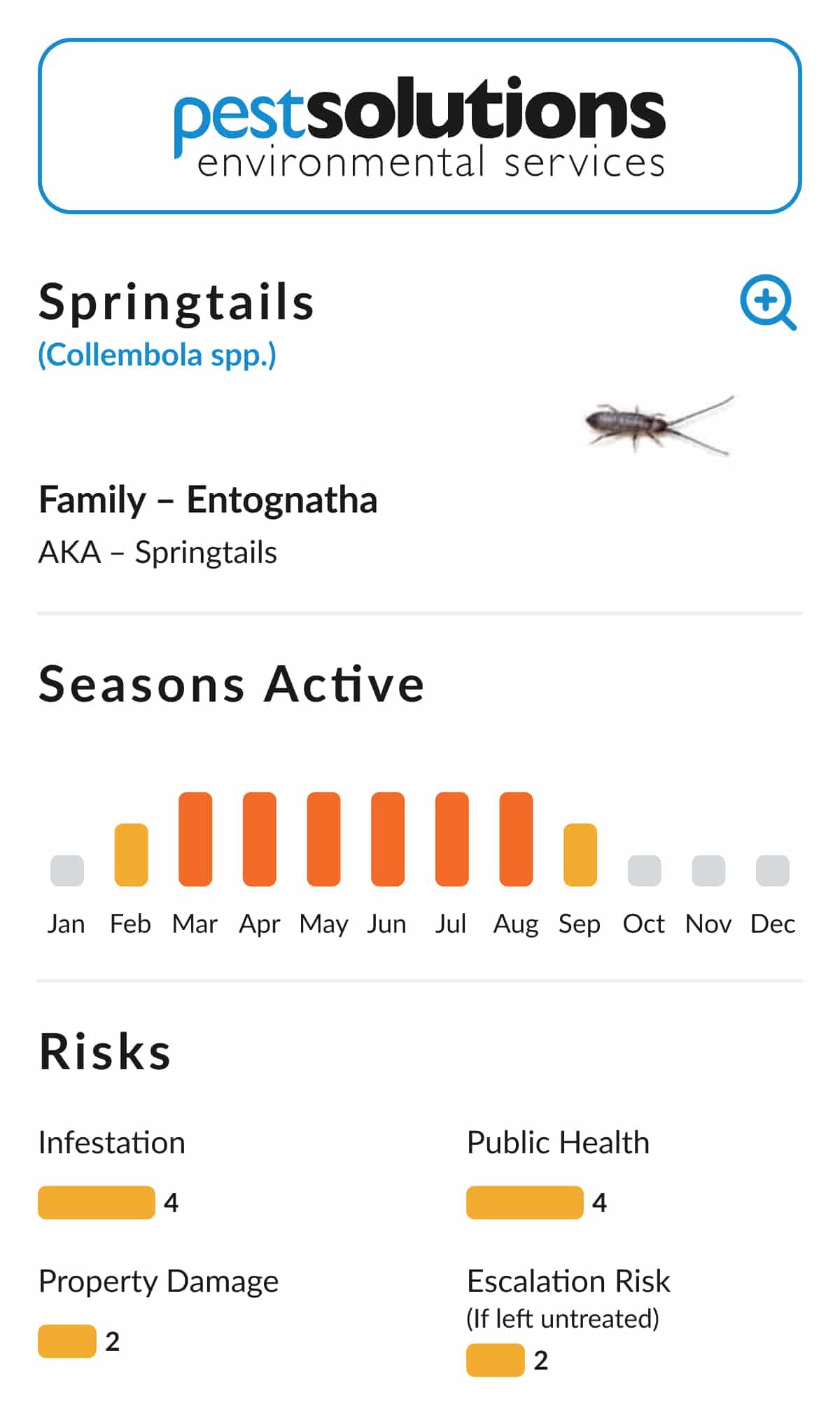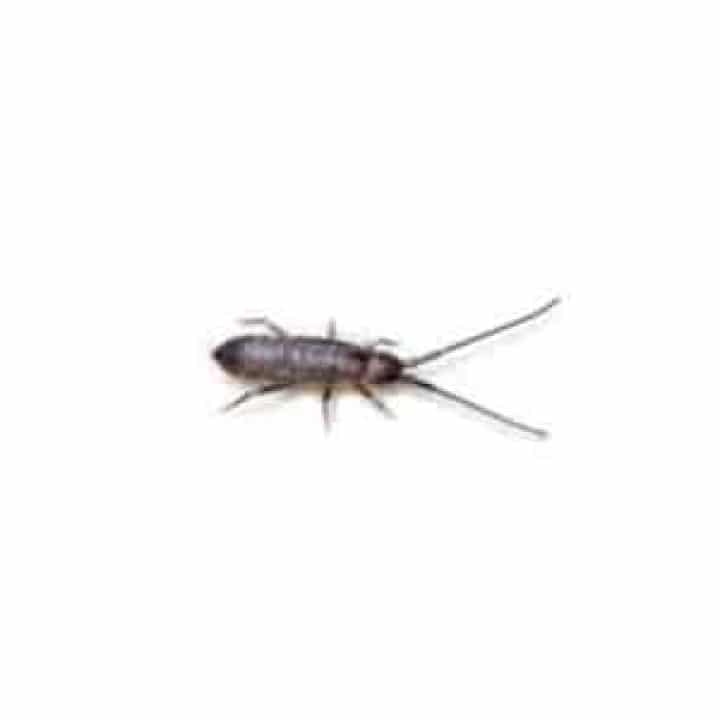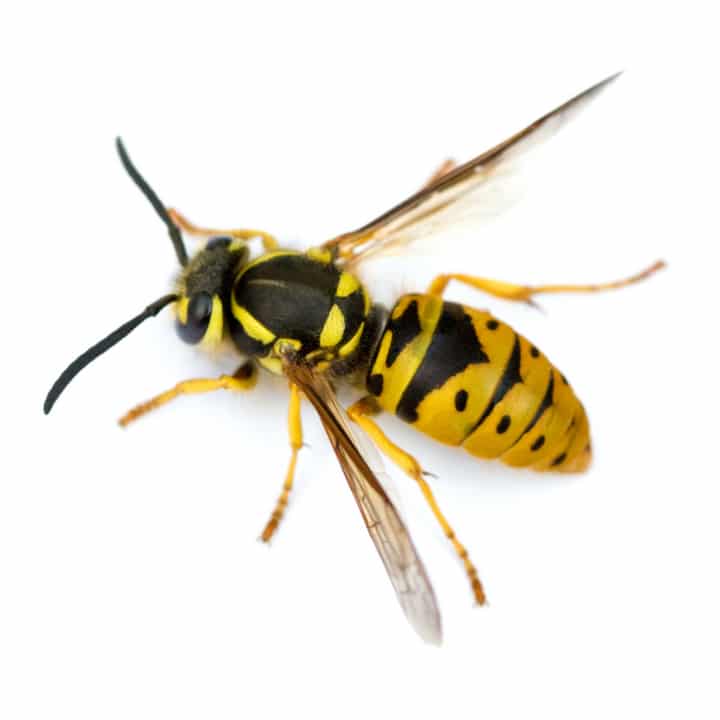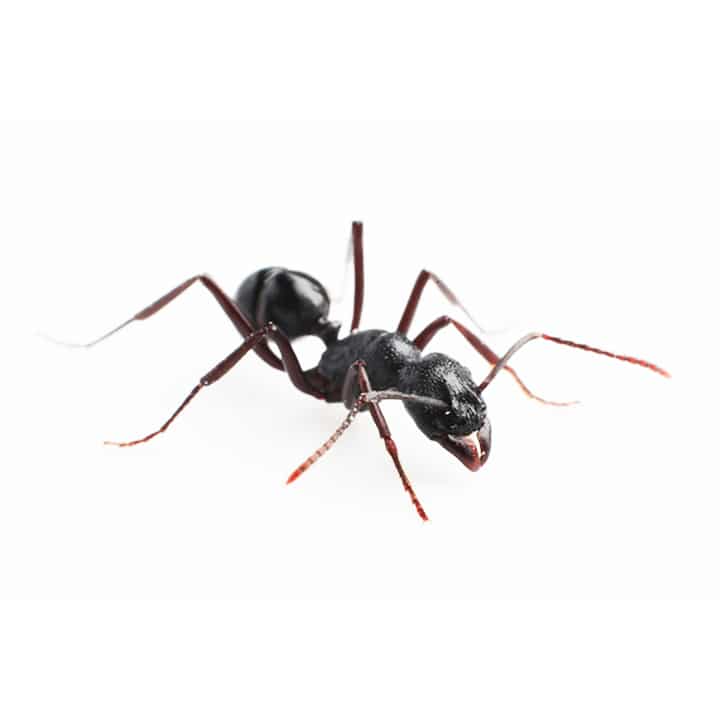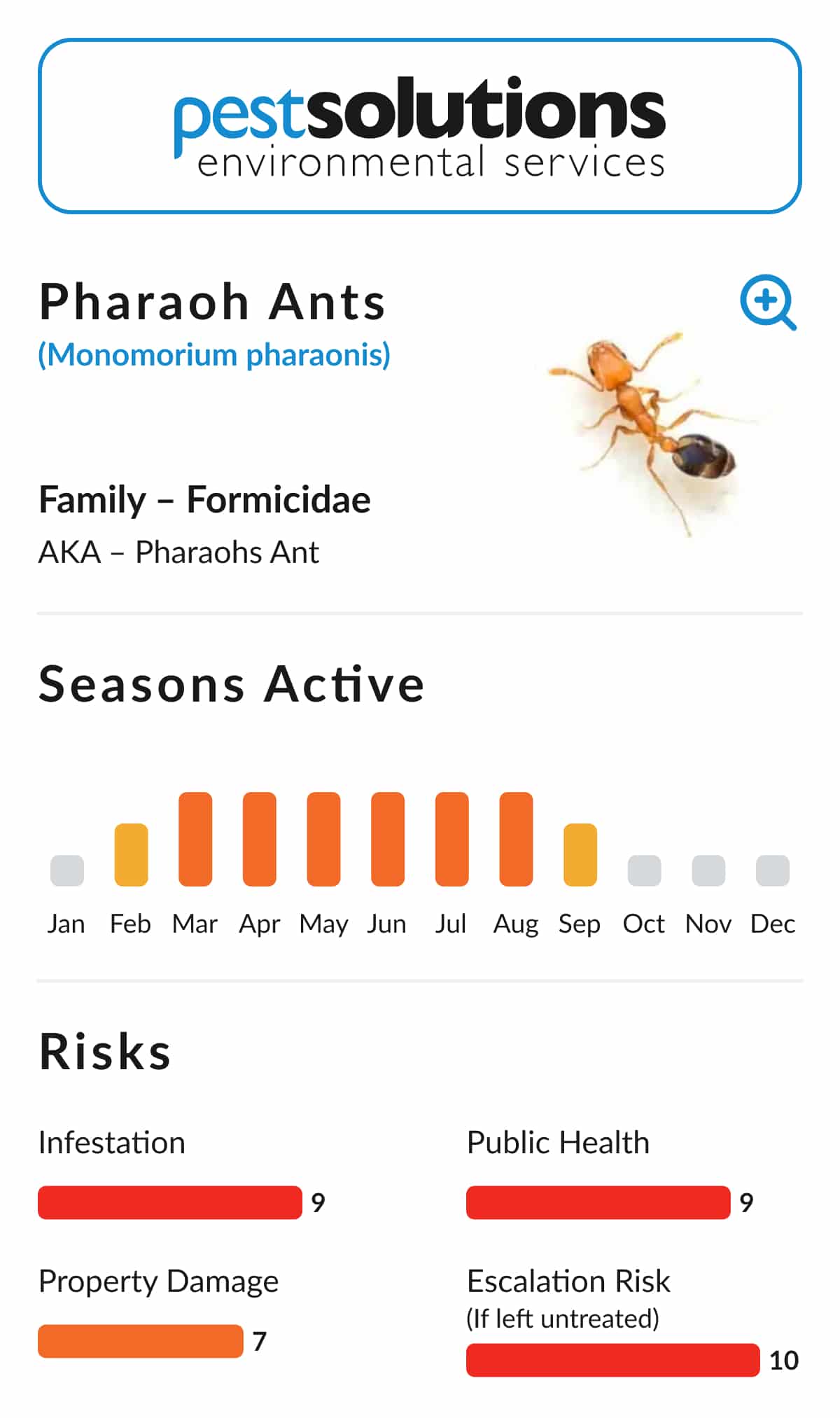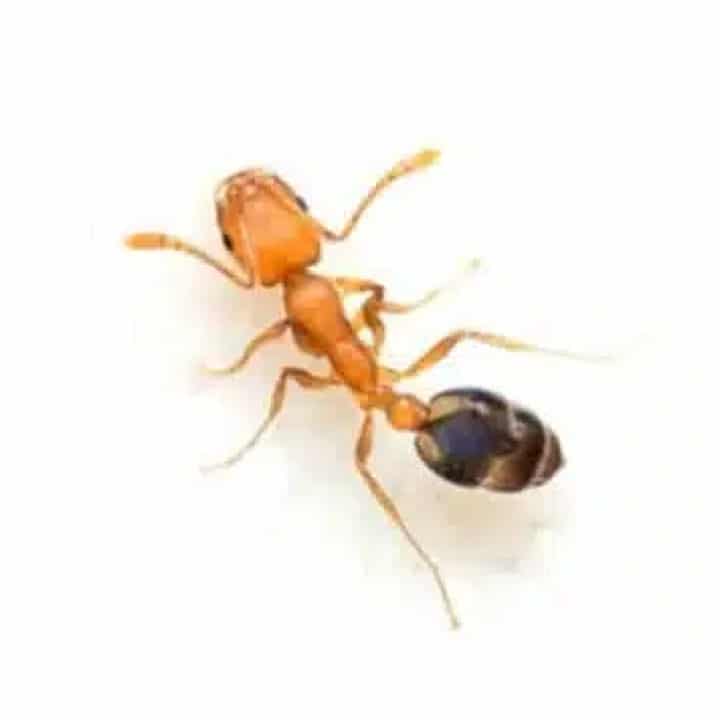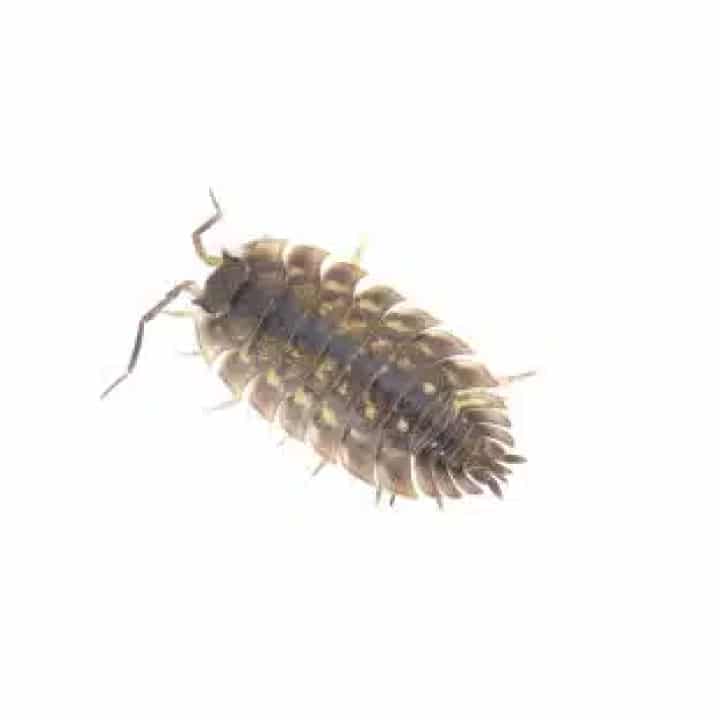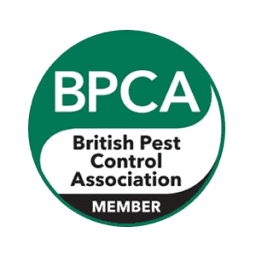Key Facts About Woodlice

Strictly speaking, woodlice are not actually insects at all. Rather, they are isopod crustaceans, meaning they are more closely related to crabs and lobsters than the other pest species detailed here. As terrestrial crustaceans, they have some interesting features which mark them out from other creatures found in the same areas. For instance, since they have evolved from aquatic ancestors, they breathe in an unusual way: through their hind legs. These contain a network of tiny tubes, known as trachea, which in this case work like gills. Woodlice are the only crustacean species to live on land.
As crustaceans, woodlice also need to live in areas with a significant amount of moisture. They naturally secrete large amounts of moisture through both their trachea and their shells, which needs to be continually replenished in order for the woodlouse to survive. These creatures thus flock to damp, covered areas where they will be able to thrive. The spaces beneath logs and trees are common woodlouse habitats, as these have the added advantage of a readily available food source, too.
In the wild, woodlice perform a vital function within the wider ecological cycle. Since they naturally gravitate towards damp areas, they will feed mostly on rotting plant matter. Woodlice thus speed up the decomposition process and help to restore the nutrients from these dead plants back into the soil to aid further plant growth.
Woodlice and Slaters (Oniscidea spp.): Significance of Control
Fortunately, woodlice do not cause many issues in and of themselves. Unlike many pest insect species, they won’t cause any damage to otherwise robust wood, and in virtually no circumstances do they spread disease. That being said, a woodlouse infestation is still something to worry about because it is normally a symptom of an existing, underlying problem. As we mentioned earlier, woodlice flock to damp areas because they need significant amounts of moisture to stay alive. Therefore, if you start to see large numbers of these creatures inside your home, it may be the case that you have a damp issue that needs to be resolved.
In addition, woodlice will feast upon rotting wood, so if any of the beams in your property are in a serious state of disrepair, an infestation could hasten the problem. Should you spot an uncommon number of woodlice inside your home, it is therefore extremely important that you call in pest control professionals to check things over for you. Otherwise, you could find that your home very abruptly develops serious structural damage that can prove extremely costly to fix. On the other hand, the earlier the issue is diagnosed, the sooner it can be repaired- and the cheaper it will be to do so.
Even in less dramatic circumstances, a woodlouse infestation can still be an irritating problem. They can easily enter buildings through small gaps, and since they require constant moisture to survive, they will likely die fairly quickly once inside. These woodlouse remains are not only unsightly, but can also easily be trodden into carpets and cause bothersome stains. The best way to keep this from happening is to ensure that any plant pots or other tempting woodlice habitats are kept well away from walls. That way, there will be less risk of the woodlice accidentally entering your property.
Call Pest Solutions to Get Rid of That Pest Today!
Pest Solutions skilled BPCA accredited team of service experts and support staff are here 24/7 to assist in your Pest control management-related concerns. Pest Solutions have many local offices throughout the UK enabling our highly knowledgeable service professionals in your town to respond rapidly to control those pest infestations.
To have a member of our Pest Control service team carry out a FREE survey or a service visit today phone 0800 027 2555. Find the details of your local Pest Solutions Branch here.
